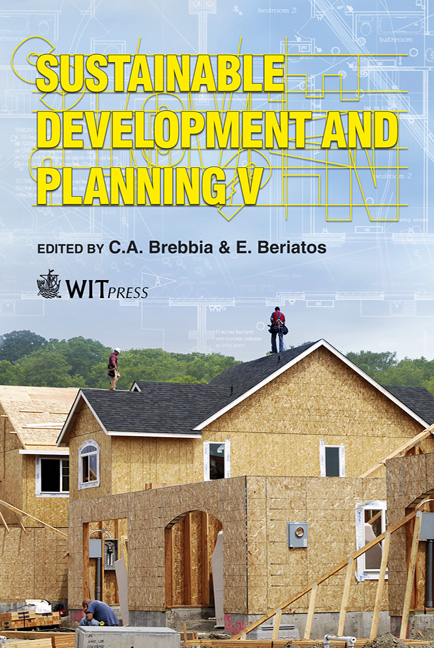Re-design For Change: Environmental And Financial Assessment Of A Dynamic Renovation Approach For Residential Buildings
Price
Free (open access)
Transaction
Volume
150
Pages
12
Page Range
273 - 284
Published
2011
Size
3,783 kb
Paper DOI
10.2495/SDP110241
Copyright
WIT Press
Author(s)
A. Paduart, W. Debacker, N. De Temmerman, W. P. De Wilde & H. Hendrickx
Abstract
Existing residential buildings and their daily use are unmistakably influencing the rational consumption of our worldwide natural resources. This observation has led to global renovation regulations, mainly focusing on the reduction of energy consumption caused by occupation. However, equally important are the future environmental and financial impacts of current renovation interventions. Indeed, when minimising the heating energy demand, the main future energy savings will shift towards the life cycle of building materials. Since building conditions change over time, buildings have to be re-designed today to enable future transformation without taking part in further environmental degradation. Therefore, renovation measures cannot introduce the same ‘static’ building materialisation as the initial building design, which did not anticipate on future unpredictable need for upgrade and change which we are facing today. This paper evaluates the environmental and financial benefits and drawbacks of redesign introducing reuse strategies, considering not only initial but also future life cycle impacts. An assessment was made for a typical building layer, comparing conventional renovation with design for disassembly (DfD) re-design. Keywords: renovation, environmental and financial assessment, 4D design, reuse.
Keywords
renovation, environmental and financial assessment, 4D design, reuse.





